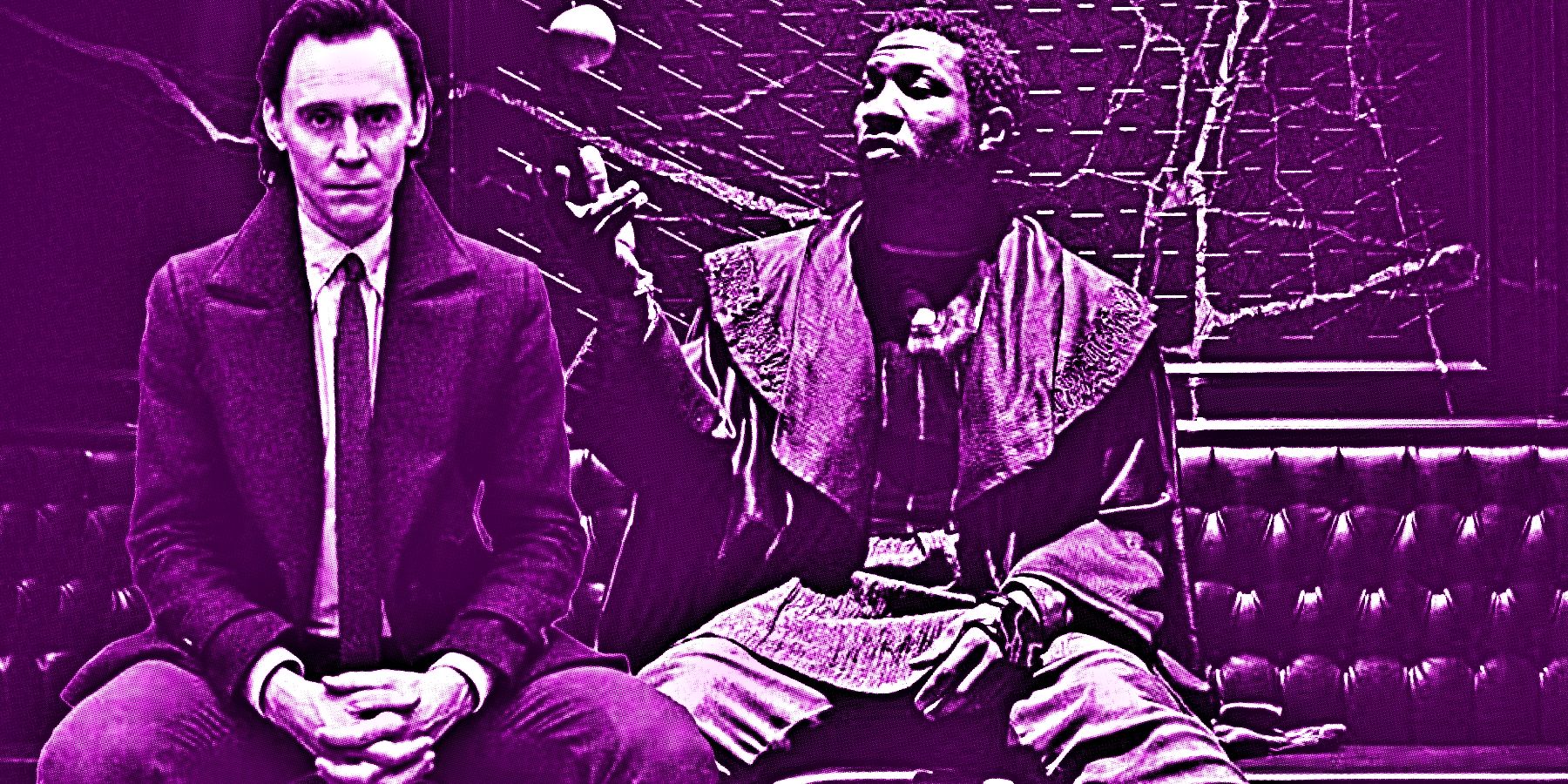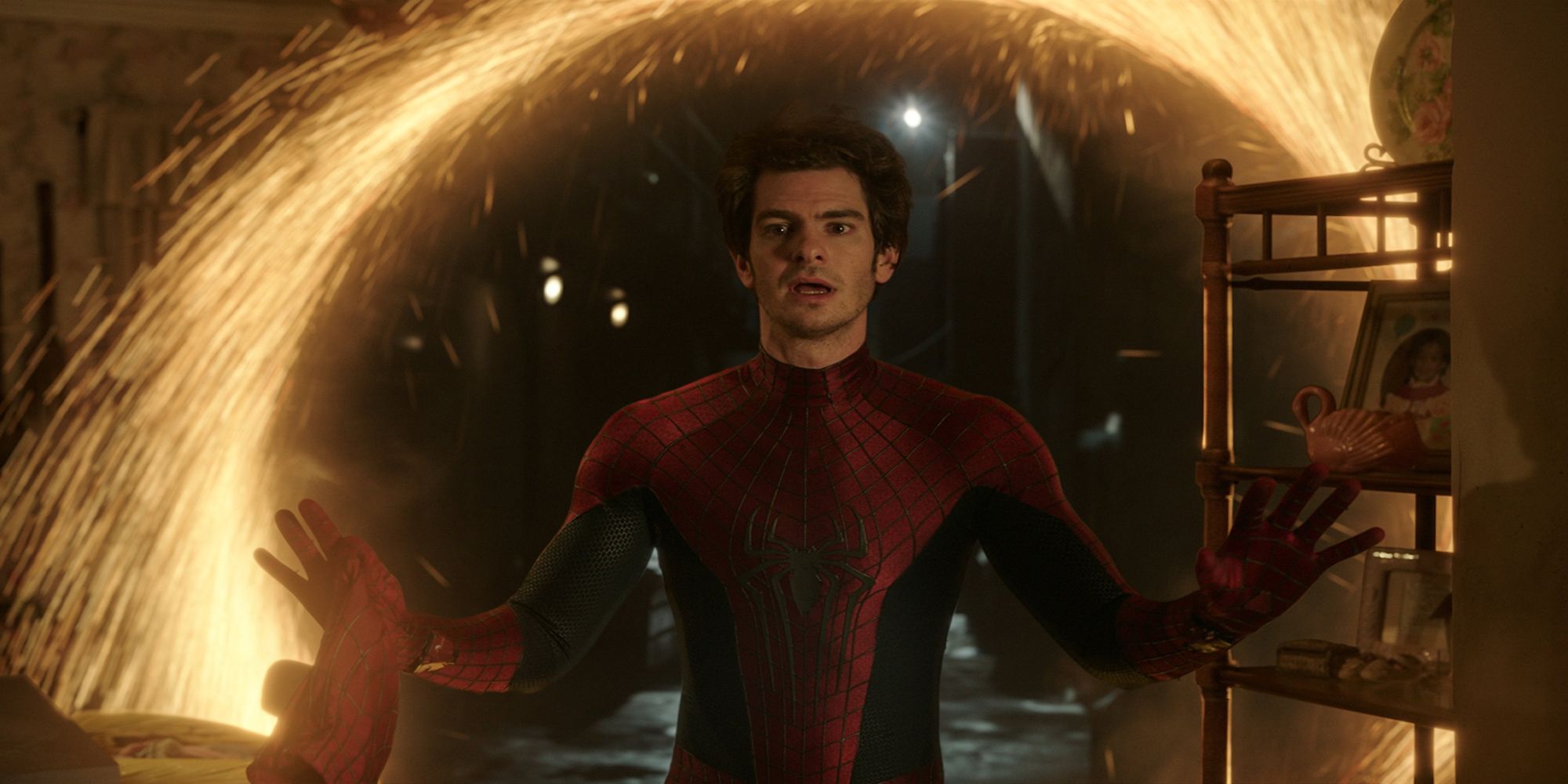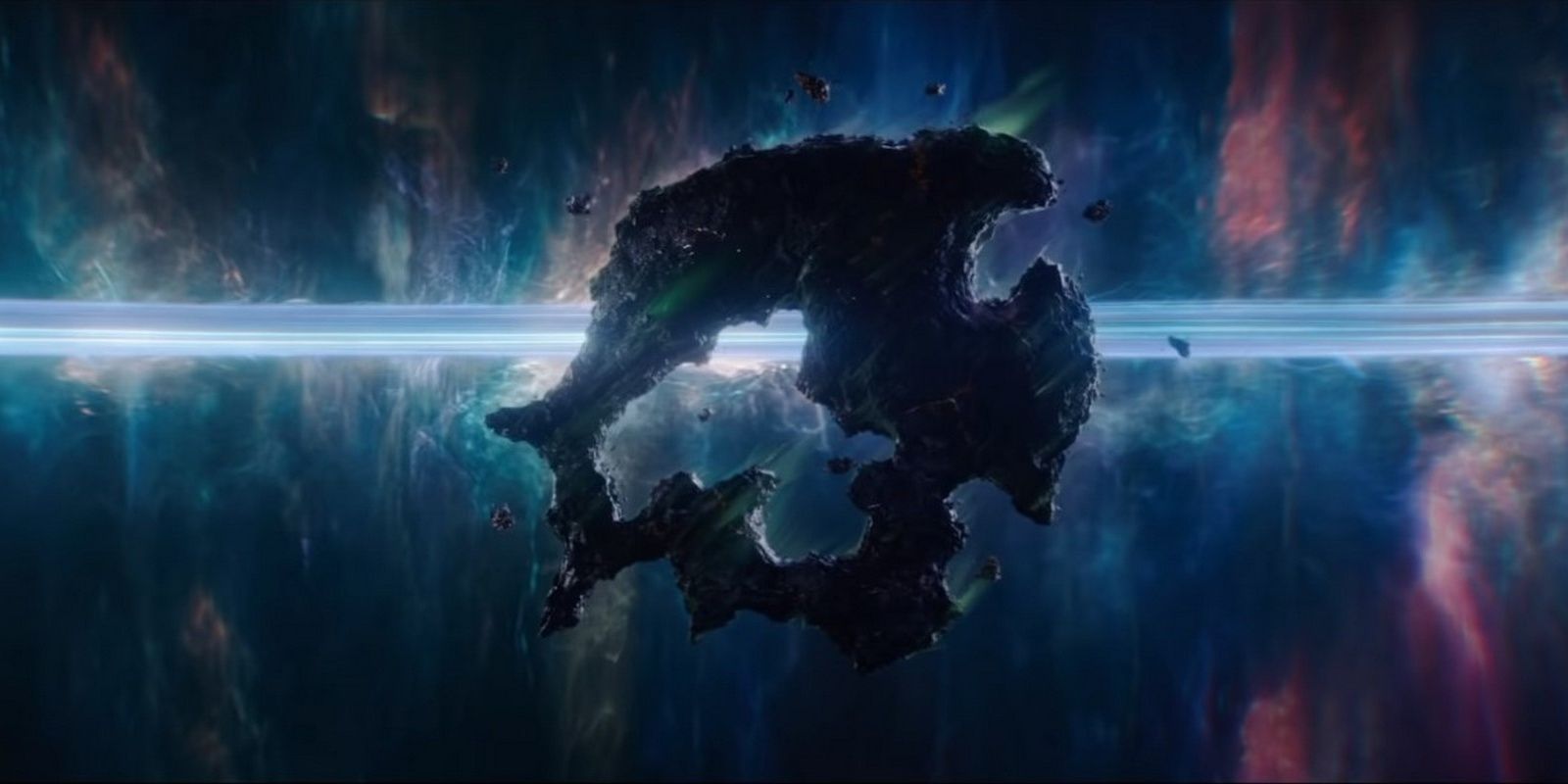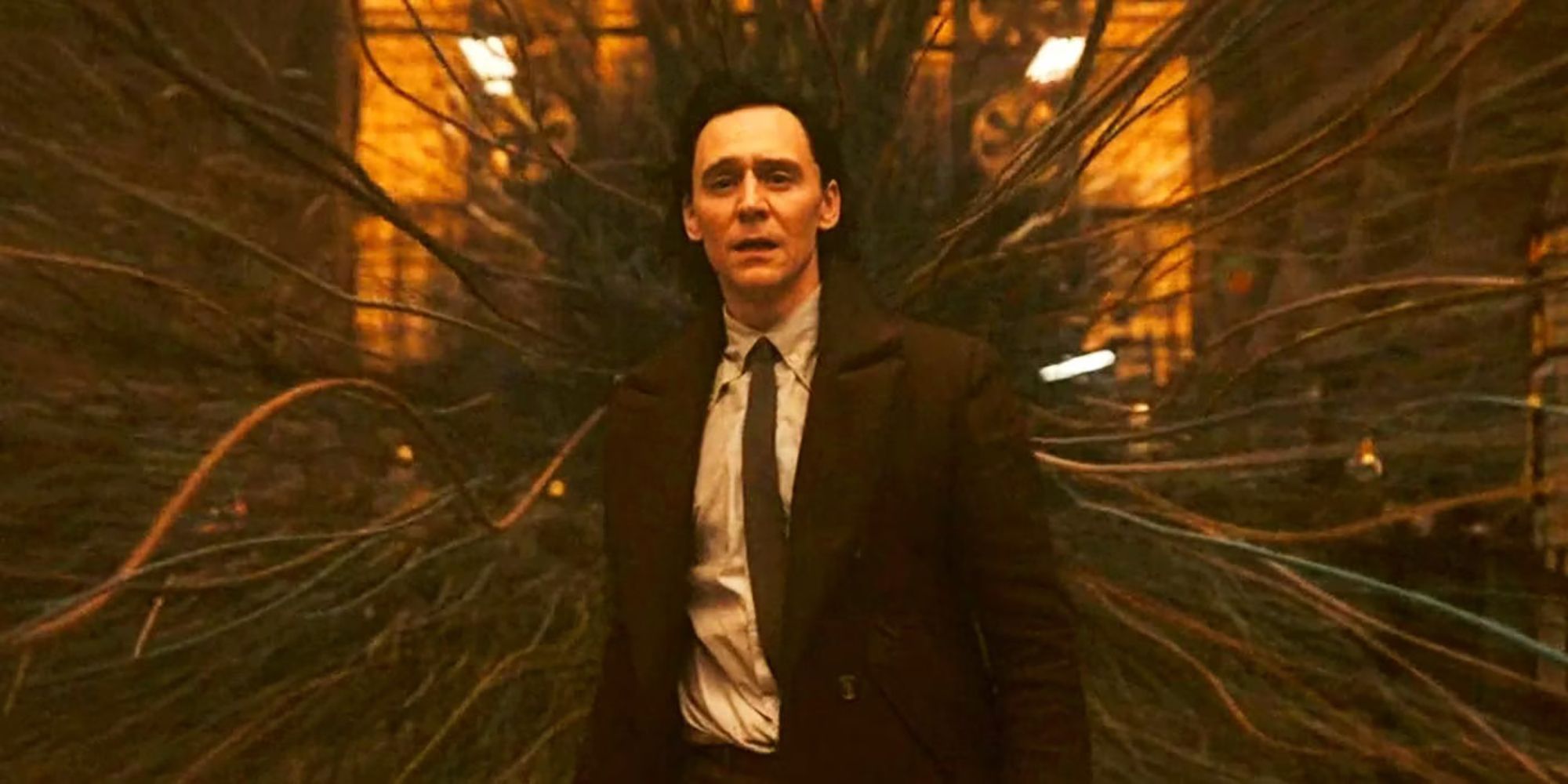The Marvel Cinematic Universe has expanded beyond the wildest dreams of its early outings. The first few films rarely left Earth, covering relatively grounded heroes as they fight impossible odds and defeat evil. When Guardians of the Galaxy introduced cosmic elements, the franchise felt as if it could expand eternally. Its new endless horizon is the Multiverse, created by the sundering of the Sacred Timeline.
Many feel the Marvel Cinematic Universe should have let the inarguably epic fanfare of Avengers: Endgame be its swan song. Few projects have earned the applause common to earlier entries since the beloved conclusion of the franchise's Infinity Saga. Their new movement, the Multiverse Saga, has a long uphill road to achieving any similar appeal. Though many elements of the ongoing Phase Five have failed, Loki laid some excellent groundwork for the franchise's future.

Is Kang The New Loki In The MCU Multiverse?
Loki’s new role at The End of Time in the MCU multiverse may be a role-reversal with Jonathan Majors’ He Who Remains but with deadly consequences.
What is the MCU's Sacred Timeline?
The Sacred Timeline is an isolated group of independent realities carefully stage-managed to fit the same baseline and produce the same results. In an unknown reality's 31st century, a scientist named Nathaniel Richards discovered the endless Multiverse. He contacted other versions of himself, many of whom found similar abilities, and used them to conquer varied realities. Variants of Nathaniel Richards threatened to end every reality with a Multiversal War. Richards weaponized an Eldritch horror called Alioth to end the war, allowing him to develop an intricate scheme to prevent future conflicts. Richards dubbed himself He Who Remains. He isolated a selection of timelines from the rest of the Multiverse, hiding their existence from alternate realities and keeping their citizens from learning of the separation. Any reality that resulted in his birth and prevented the creation of his variants would join his collection. He Who Remains would ruthlessly eliminate any branching reality. He plucked human variants from their lives and wiped their memories to maintain his creation. He invented a fictional narrative, bending his servants to the cause of protecting his isolated reality. To enforce his duty, he dubbed his creation the Sacred Timeline.
The Sacred Timeline in Loki
Loki introduced the Sacred Timeline, the TVA charged with defending it, and He Who Remains to the Marvel Cinematic Universe. It's the main venue the franchise used to play with the concept. Loki begins when the titular God of Mischief escapes his fated capture at the hands of the Avengers. Earth's Mightiest Heroes' efforts to undo Thanos' victory accidentally let Loki off the hook for the Battle of New York. The Time Variance Authority grabbed the god and made him an asset to hunt down a homicidal variant. The TVA venerates the Sacred Timeline with religious zeal, following a false retelling of events propagated by He Who Remains' vast propaganda network. Loki and his variant, Sylvie, waged war on the TVA. Their policy of pruning unfortunate timelines created enemies who would eventually attack the narrative. Sylvie found and killed He Who Remains, ostensibly allowing the isolated realities to reconnect with the Multiverse. Naturally, his assassination was part of He Who Remains' plan.
Season two of Loki finds the deity slipping through time. He and Sylvie broke the Sacred Timeline, allowing branches to flourish wildly. Loki discovers a failsafe device called a Temporal Loom that refines the famously abstract concept of time into an energy source. By weaponizing potentialities on a multiversal scale, the Temporal Loom powered the TV headquarters. It also kept track of the branches forming in the Sacred Timeline, threatening to overload and explode if too many unpruned variations spawned. He Who Remains gave Loki a choice. He could let Sylvie finish her task as she had and risk the end of all life in another Multiversal War or kill Sylvie and reinstate the Sacred Timeline. Loki refuses the options and finds a third choice. He wields his Time Slipping power to take He Who Remains' throne and become the Temporal Loom, finally finding his glorious purpose. Loki erased the Sacred Timeline, creating a stable multiverse where freedom and safety exist in harmony.
The Sacred Timeline in other MCU projects
The Sacred Timeline isn't mentioned aloud in other MCU projects but has a role. Ant-Man and the Wasp: Quantumania sees the titular heroes battle a variant of He Who Remains before discovering that many alternative versions are preparing for war. America Chavez can travel outside the Sacred Timeline in Doctor Strange in the Multiverse of Madness. The Marvels ended with Monica Rambeau flying through a portal created by the film's forgettable villain and landing in an alternate reality with Kelsey Grammer's Beast. He explains the situation like this:
My theory? That you fell through a tear in space time. You are now in a reality parallel to your own.
The Sacred Timeline is no longer a going concern. He Who Remains is dead, and Loki has created a new Multiverse. Future outings will deal with the ever-expanding list of endless realities. Though the Sacred Timeline kept the Kangs at bay, the new Multiverse leaves things open for the future.

The Multiverse Is the Worst Thing to Happen to Comic Book Movies
The ongoing multiversal war has only opened up a can of wormholes, making it now necessary to put an end to the concept (at least in this timeline).





